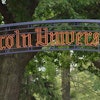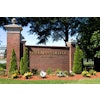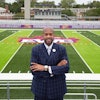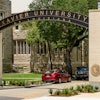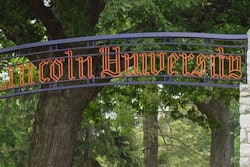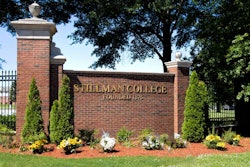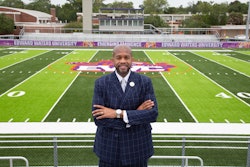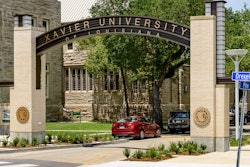On Friday at the 31st annual National Action Network (NAN) convention in New York City, a panel of alumni, students, and advocates of historically Black colleges and universities (HBCUs) weighed in on what makes these institutions stand out as the country increasingly recognizes their value.
NAN is one of the country’s leading civil rights nonprofit organizations founded by the Reverend Al Sharpton. The convention's Friday panel came a day after the Senate confirmed Ketanji Brown Jackson to the U.S. Supreme Court and made history. Jackson will be the first Black woman to serve on the highest court in the land. Dr. Harry L. Williams, president of Thurgood Marshall College Fund
Dr. Harry L. Williams, president of Thurgood Marshall College Fund
“There would be no Ketanji Brown Jackson if it were not for HBCUs,” said panelist Dr. Harry L. Williams, president and CEO of the Thurgood Marshall College Fund (TMCF), a nonprofit that supports students at 37 member schools, including public HBCUs. “Both of her parents went to HBCUs. And there would be no Thurgood Marshall if it were not for HBCUs.”
Marshall, the late Associate Justice of the Supreme Court, was a two-time graduate of HBCUs. With Jackson's ascension to the Supreme Court this week, Williams spoke of the importance of these institutions to civil rights and to “shaping the Black middle class as we know it today.”
“The Thurgood Marshall Fund has been thriving recently because people have been looking for ways to support Black people,” said Williams, who is also the former president of an HBCU, Delaware State University. “And I’m going to say that we owe a major debt of gratitude to George Floyd. It put a spotlight on disparities in our communities. We’ve been getting calls from corporate America saying, how can we help?”
That spotlight has boosted enrollment rates at some HBCUs, noted the panel’s moderator, Dr. Jamal Watson. But alongside this promising trend, several HBCUs recently grappled with bomb threats starting in February, which is Black History Month.
Follyvi Dossa, a panelist and student at Morehouse College, an all-male HBCU, recalled how that “dark time” on campus ended up bringing students together.

